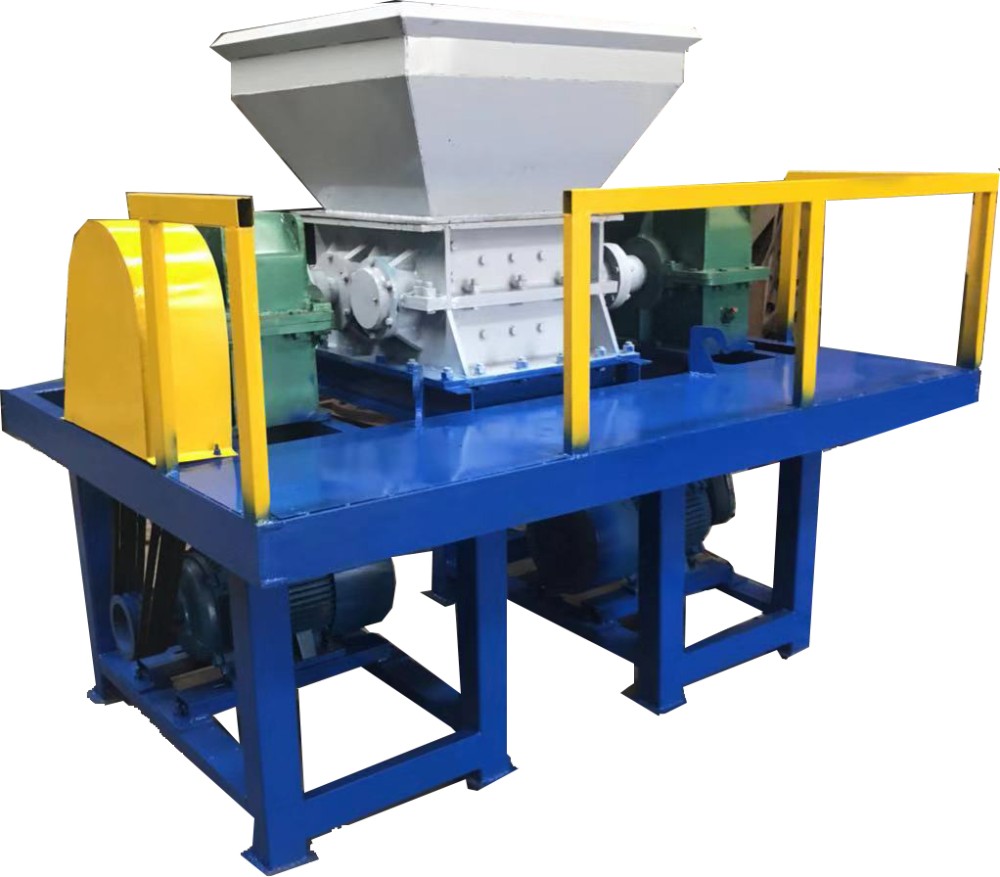Increasing awareness about the environmental damage caused by plastic waste, coupled with rising concerns over depletion of non-renewable resources are driving growth of the global plastic recycling machine market. Several governments are enforcing laws on recycling in order to reduce waste.
The reclaimed plastic is sent to a plastic reprocessing facility where it gets sorted by type. Then, it is melted and extruded into pellets for remanufacturing.
Sorting
Plastic recycling machines sort out the different types of plastic. This is an important step because it allows recyclers to maximize efficiency and avoid contamination of the final product. This is done by using machines that identify specific properties such as color, thickness and use. Plastics are also sorted by type of resin, which helps to make them easier to process. Some recycling plants also use a wet process known as sink-float separation, where plastics are separated by density in water tanks. High-density plastics sink while low-density ones float.
The plastic is then broken down into smaller pieces. This makes it easier to process, reshape and transport, which increases its value as a recycled material. This is a key factor driving the growth of the plastic recycling machine market. Other factors include rising concerns over depletion of non-renewable resources and laws requiring plastic recycling. The global market for plastic recycling machines is expected to grow at a CAGR of more than 4% over the next five years.
Recycling
The global plastic recycling machine market is growing rapidly because of the increasing demand for recycled products. The rising population and the depletion of natural resources such as fossil fuels are driving this growth. The recycling of plastic waste reduces the demand for non-renewable resources and saves space in landfills. This process also helps to reduce greenhouse gas emissions.
The first step in plastic recycling is collecting the waste. This is done by local governments and independent waste collectors, who collect recyclables from people and businesses. The collected plastic is then transported to a recycling center. The plastic is then sorted into different types of plastics. This step is essential to ensure that the waste is properly sorted and will be used in a future product.
To identify the type of plastic, recyclers grind a sample into flakes and wash it. This is done to remove any attachments and contaminants. They also test the flakes to determine their density. Then they sort the flakes by type and color. The flakes are then sent to the compounding process, where they are transformed into plastic materials that manufacturers can use.
Extrusion
Extrusion plastic recycling machine turns waste into a new and useful material. It works by melting and mixing recycled post-consumer and post-industrial plastics to produce a re-engineered raw material with high technical properties. It also enables the addition of fillers and reinforcements.
The plastic waste passes through a hopper and enters into the machine, where it is melted by heat. The plastic is then metering into an area that shapes the material into the desired shape. The final product can include drainage and irrigation pipe, medical fluid and IV tubing, weather-stripping, fencing and deck railings, food processing tubes and bags, drinking straws and the “zip” strip on re-sealable bags, and thermoplastic coatings.
Many OEMs have been reporting increased interest in equipment designed for extrusion of recycled materials and bioplastics. Milacron’s VP of extrusion sales said processors dealing with such materials need to be able to address issues like contamination, moisture and degassing. The company’s ZE BluePower twin-screw and E-GO R single screw extruder series are designed to address these challenges.
Pelletizing
Plastic pelletizing recycling machines transform shredded plastic into round-shaped pellets that are ready for use. This is the final stage of the recycling process. The pellets can be used to produce a variety of products, including new plastic items and remanufactured products. The pelletizing process also reduces energy consumption and emissions of greenhouse gases.
Most recycled plastics undergo separation treatments that remove any attachments or contaminants that could render the material un-reusable. This can be done using either wet or dry methods. Float tanks are the most common wet method, separating plastic flakes according to density. High-density plastic will sink, while low-density materials will float.
Plastic pelletizing recycling machine can help reduce the amount of waste plastic that ends up in landfills and oceans, where it pollutes the environment. It can also save businesses money by reducing the need for raw materials. In addition, it can be energy-efficient and preserve natural resources. Plastics can be made into new items in a number of ways, including extrusion. plastic recycling machine



